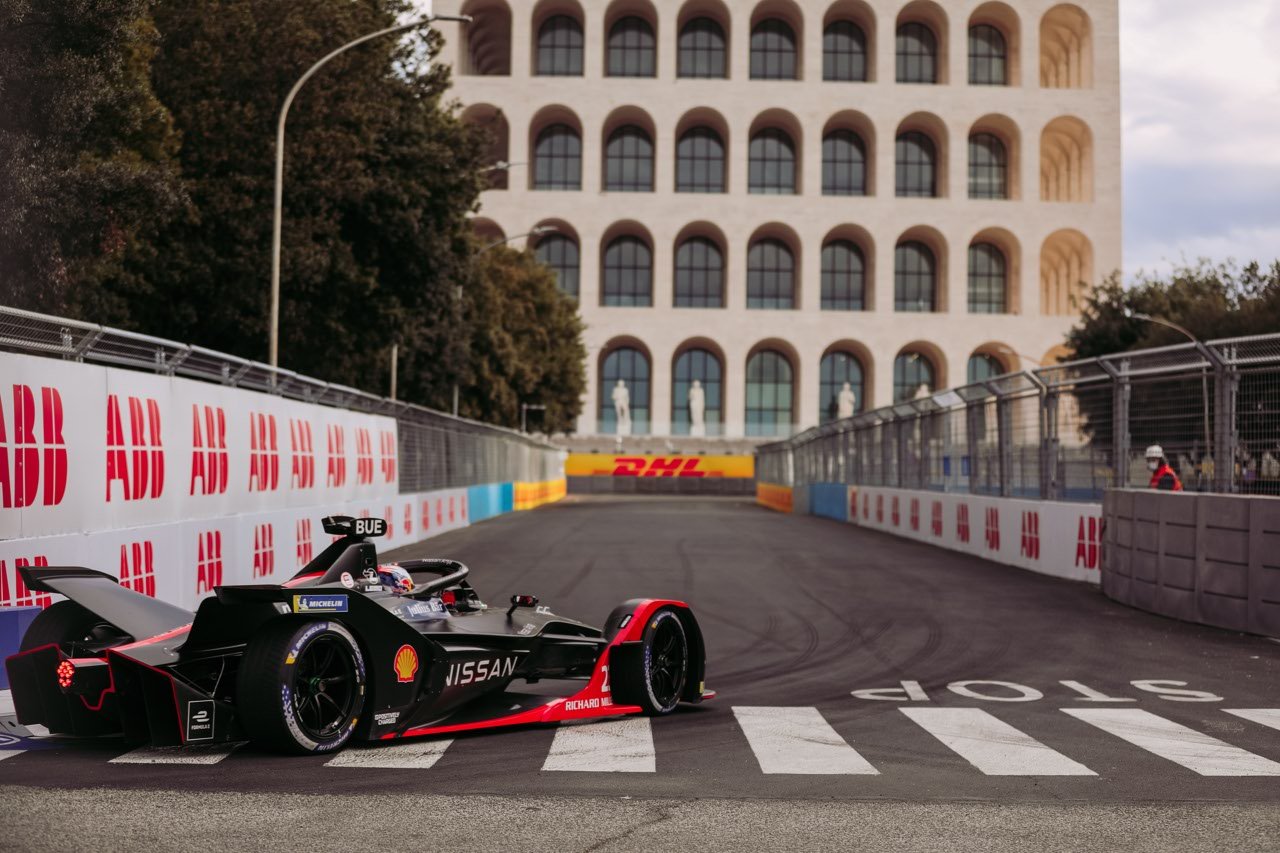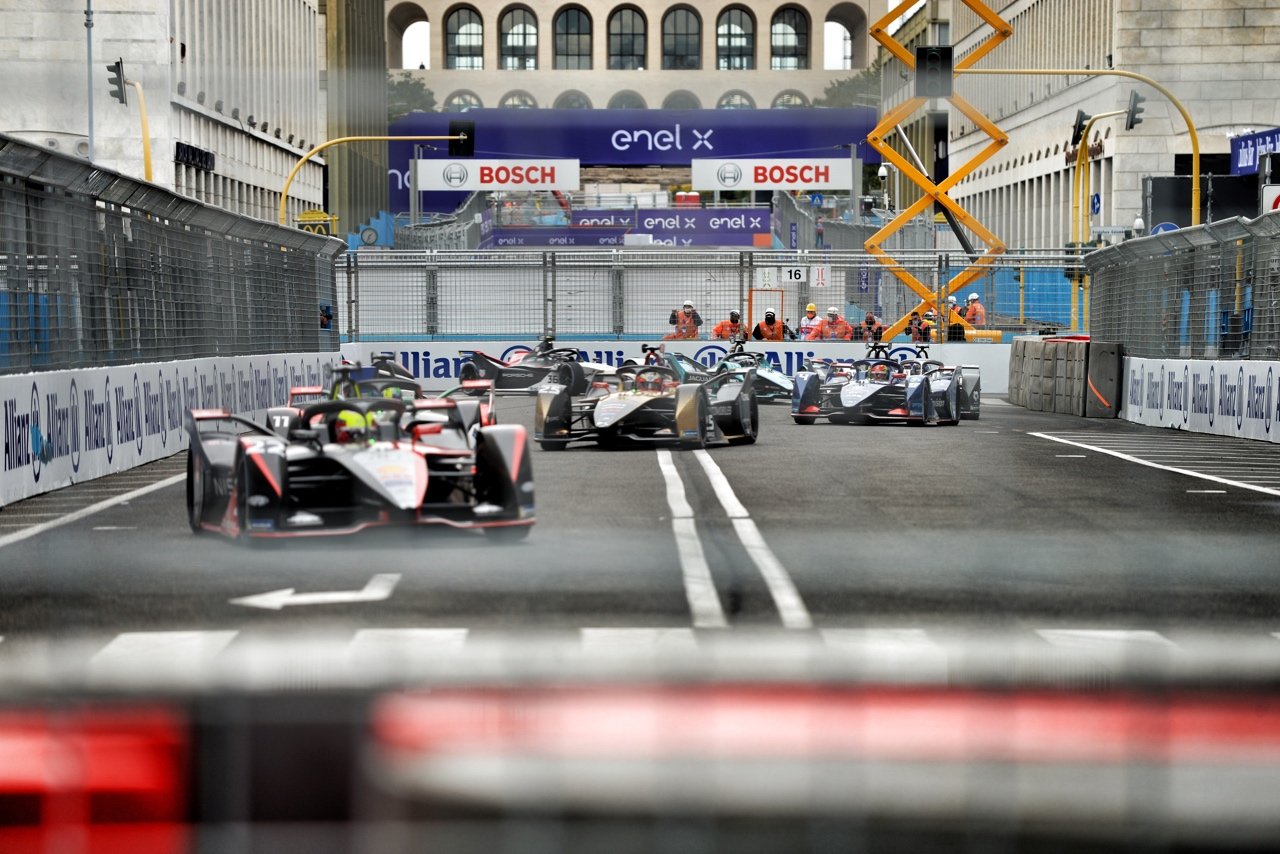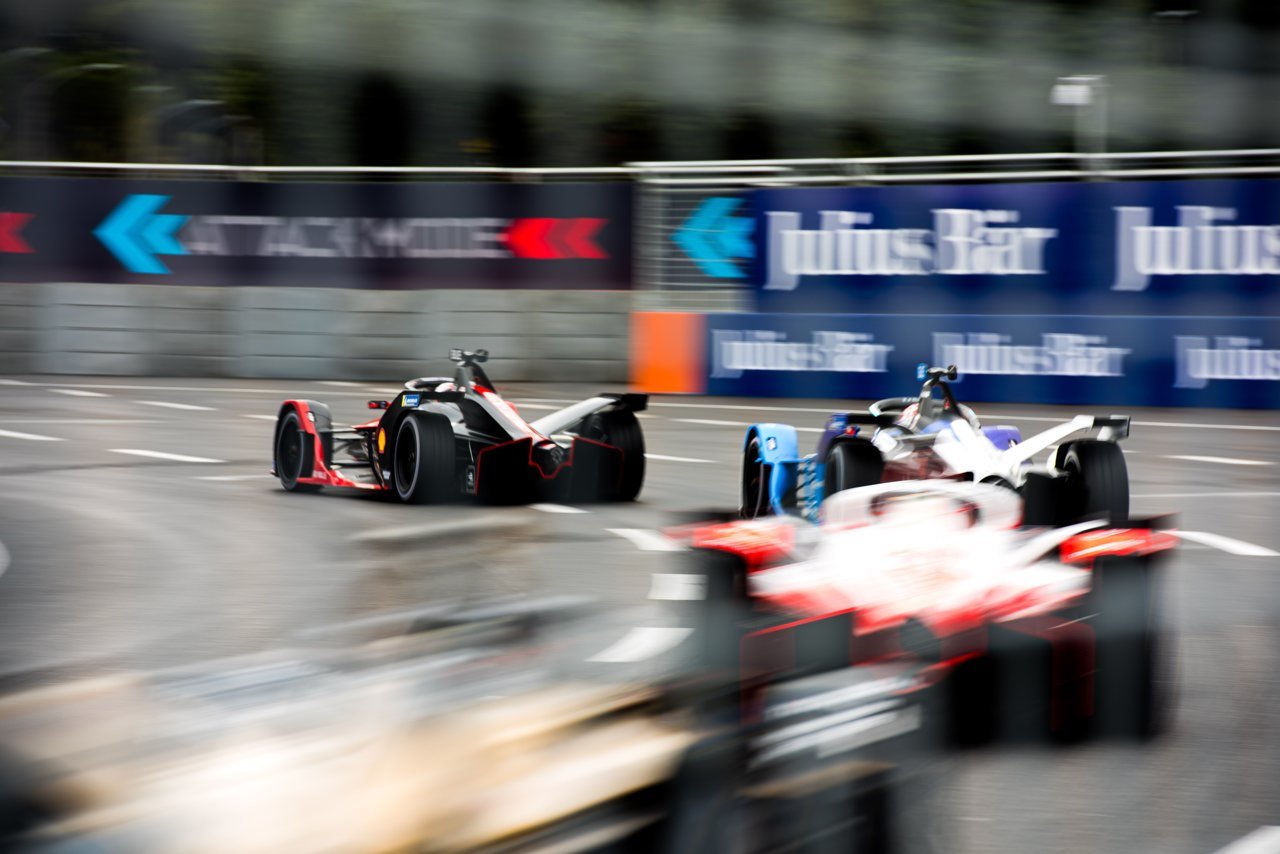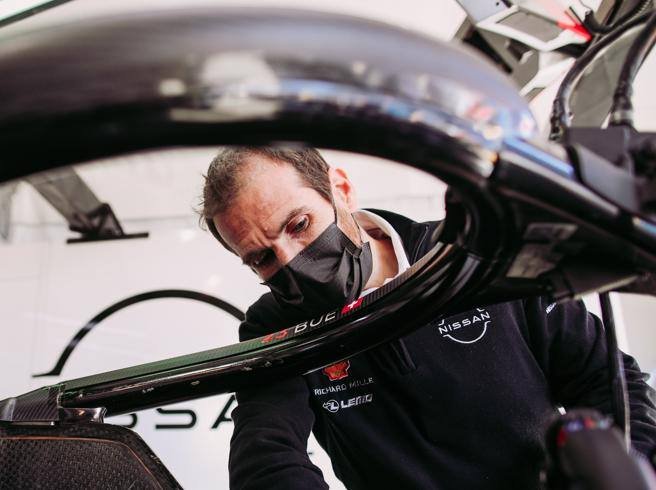If electric vehicles are the future of mobility, then Formula E is one of the primary places where that future is forged. Because the sporting competition is important, it remains the real show, and the great traveling circus of electric racing cars certainly also serves to spread the culture of electrified mobility. Nothing to say.
But at the end of the fair, for the builders, the ultimate goal of the FIA ABB World Championship is to be the laboratory where the hardware and software technology that will move the electric vehicles of tomorrow, finally making them for everyone, is developed. Formula E is our investment in the future, explains Tommaso Volpe, Nissan Global Motorsport director, interviewed on the sidelines of the first of the two races held in Rome in April 2021. Nissan’s participation in the world championship of electric single-seaters – he explains – first of all the the result of strategic decisions concerning Nissan’s core business itself, and then obviously also an opportunity to promote and disseminate the electrification culture.
How does the technological transfer from the track to the road take place?
Let’s start with the fact that electric cars are extremely more flexible than those with internal combustion engines: thanks to intelligent software, they can be driven both in a more comfortable mode, with car dynamics suitable for everyday use, and in sports mode. And this is one of the reasons why we are in Formula E.

Why?
If we exclude team strategies and the skills of individual drivers, in Formula E brands compete essentially on two technological aspects: efficiency and energy management, and these are the same aspects on which the success of a platform depends. for electric vehicles. And while the engines we use in competition are very different from what you see in normal cars, the experience we gain to make the gearbox or engine more efficient entirely transferable to the road.
Because the software is too …
Exactly: when a sophisticated software like the one we use here, then it can be adapted to a road car simply by setting different parameters, for example by preferring autonomy to performance, or by configuring more driving modes to choose from. It is still a complex technology transfer, but still much simpler than for other motorsport platforms, where the fulcrum is the mechanics and not the software and the transfer of experience is not so fluid. In short, a sports internal combustion engine either you have it or you don’t have it.
All in part from the knowledge you already had and poured into Formula E.
The confirmation of Generation three comes from this: we entered the sport with a huge wealth of knowledge on electric motors gained on the road, with a “Road to Track” approach. Our engineers are in France, and there other Japanese engineers with specific expertise on chassis control software gained with the Leaf joined them. So part of the code that today controls the chassis of our electric cars has been rewritten precisely starting from the two billion kilometers of experience made by Leaf owners on the streets around the world.
And has the investment paid off?
That takes more time, which is also the reason why we confirmed our participation in Generation 3. Today we begin to develop the new, much more performing powertrains that we will use in two years, and this experience will subsequently be transferred to the core business. The very fact that this is Nissan’s longest-running motorsport project outside of Japan testifies to the strategic importance of the project.

What role do they play and how do you manage the data produced by a single-seater during the race?
The cars are littered with sensors that produce huge amounts of data, but we don’t have live telemetry as it happens in Formula 1: this means that at the end of each session, from practice to race and between different races, they are downloaded, data in meal to the engineers and used to set the single-seaters, for example by adjusting the software control of the grip and the energy management, which are fundamental and distinguish us from the others since we have fixed aerodynamics.
In a motorsport where cars share many characteristics, where do you really compete?
The common elements between the single-seaters are the chassis, the bodywork and the battery, while each manufacturer develops the engine, inverter and gearbox on its own. This means that achieving even just one percentage point more in efficiency (i.e. the ability to convert the energy stored on board into kilometers traveled, ed) how to leap forward a geological era in evolution.
How efficient are Formula E cars now?
I can’t give the exact figure, but we’re all above 95% at the moment. To give an idea, in street cars electric cars are around 50%, while those with internal combustion engines do not exceed 35.

And the secret is all in the management software …
Yes, which is also very complex because it must allow us to manage the unpredictability of the circuits. Let me explain: in Formula 1 the teams race in circuits they know everything about, we race on roads where there is usually normal traffic. We have simulators, but only when we come to the place do we discover that maybe a wall twenty centimeters further than where we thought, or that there is a hole we knew nothing about. Our software, which is different from all the others, can be adjusted between sessions to manage these variables and optimize grip accordingly, maximizing efficiency.
And how important is the pilot in all of this?
Still a lot. First of all because he is alone: the engineers can give him advice between sessions, but without live telemetry he has to deal with it for himself. And then because he has to deal with considerable psychological pressure given that tests, qualifying and the race in Formula E all take place on the same day.

What is your vision of the future of the automobile?
The first, almost obligatory answer is that the future of the automotive industry revolves around three main points: electrification, autonomous driving and connectivity. The car will become more and more electric, connected and autonomous. In this, Nissan is certainly a pioneer, if only for the fact that it has been researching electric vehicles for 70 years and that, 11 years ago, it launched the Leaf, the first mass electric car.
You come from Formula 1, do you miss it?
I like all motorsport, so I love both Formula 1 and Formula E: the latter, however, I particularly like because I see it as a challenge, because we are pioneers projected towards the future.
April 13, 2021 (change April 13, 2021 | 12:02)
© REPRODUCTION RESERVED
